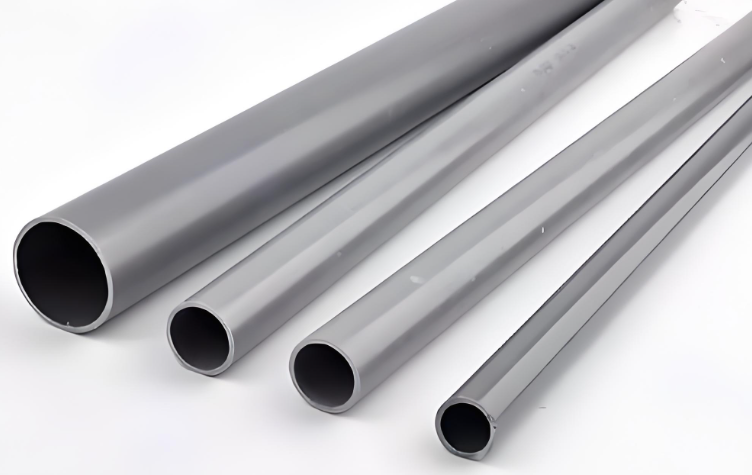
Performance in Aquatic Environments
The smooth interior of PVC pipes provides good flow characteristics for water. In aquatic systems like aquaculture tanks or water - treatment plants, this allows for efficient water circulation and distribution. The low friction between the water and the pipe wall helps to reduce energy consumption and maintain a consistent flow rate. For example, in a large - scale fish - farming operation, PVC pipes can ensure that oxygen - rich water is evenly distributed throughout the tanks.
PVC pipes are relatively lightweight and have some degree of buoyancy. In aquatic applications, this can be an advantage or a challenge depending on the installation. For floating docks or pontoons, the buoyancy of PVC pipes can be utilized. They can be used as floats or as part of the support structure. However, in submerged applications, such as in a lake - bottom drainage system, the buoyancy needs to be counteracted. This can be done by properly anchoring the pipes or using weights to keep them in place.
PVC pipes exhibit excellent resistance to corrosion in aquatic environments. Unlike metal pipes, which can rust and deteriorate when in contact with water, PVC pipes maintain their structural integrity. This is due to the chemical stability of the PVC material. In both fresh and saltwater applications, such as in underwater irrigation systems or in marina plumbing, PVC pipes can last for a long time without corroding. For example, in a pond's water - circulation system, PVC pipes can provide reliable service for years without the need for frequent replacement due to corrosion.
Corrosion Resistance
Buoyancy and Installation Considerations
Flow Characteristics
Care and Maintenance in Aquatic Settings
In cold - climate aquatic applications, PVC pipes need to be protected from freezing. When water inside the pipes freezes, it expands and can cause the pipes to crack or burst. Insulation can be used to prevent freezing, especially in areas where the water temperature can drop below freezing. Additionally, temperature fluctuations can cause the pipes to expand and contract. In systems where this is a concern, such as in outdoor pools or water - features that experience significant day - night temperature differences, expansion joints or flexible couplings can be installed to accommodate the movement of the pipes.
PVC pipes in aquatic environments are also at risk of physical damage from factors such as boat traffic, waves, and floating debris. Regular inspection is crucial to identify any cracks, dents, or other signs of damage. Visual inspections can be done by divers or through the use of underwater cameras. If damage is detected, it's important to repair or replace the damaged section of the pipe promptly to prevent leaks and maintain the integrity of the aquatic system.
One of the main challenges in using PVC pipes in aquatic environments is the growth of algae and biofilms. These can form on the interior and exterior of the pipes over time. Algae growth can reduce the flow rate through the pipes by increasing the roughness of the interior surface. Biofilms can also affect water quality and potentially introduce harmful microorganisms. To prevent or control this growth, regular cleaning is necessary. This can involve using brushes to scrub the interior of the pipes and chemical treatments to inhibit the growth of algae and biofilms.
In some cases, ultraviolet (UV) sterilization systems can be installed to kill the microorganisms that contribute to biofilm formation. These systems work by exposing the water to UV light as it passes through the pipes, effectively disinfecting it and reducing the growth of unwanted organisms.
Algae and Biofilm Growth
Physical Damage and Inspection
Freezing and Temperature Fluctuations
Copyright Reserved 2025 SHENZHEN CHINA PIPE SUPPLIES
Fuyuan building NO.460 FanShen Road BaoAn District SHENZHEN City, GUANGDONG Prov. CHINA 518000

 +8617727596190
+8617727596190